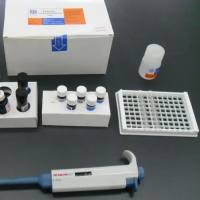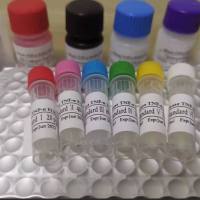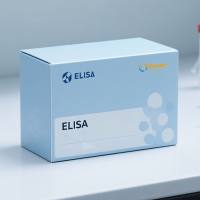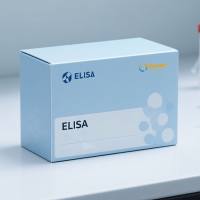MMPs and TIMPs: An Historical Perspective
互联网
629
The matrix metalloproteinase field has a clearly defined starting point, the seminal study of Jerome Gross and Charles Lapi�re in 1962 (1 ) in which fragments of resorbing tadpole tail were cultured on reconstituted collagen gels. A collagenolytic enzyme was recovered from the culture medium which could attack native collagen fibrils. Within a short time these studies were extended to show a similar activity in a wide variety of tissues, that the collagen molecule was cut into 3/4- and 1/4-length fragments, and that the enzyme activity was dependent on metal ions. The tissue inhibitors of metalloproteinases were discovered in the following decade in tissue culture (2 ) and serum (3 ). It was soon recognized that the matrix metalloproteinases (MMPs) are involved in a great many processes of normal development and growth and in pathological processes such as arthritis and cancer metastasis as tabulated in Woessner, 1998 (4 ). This has resulted in a tremendous outpouring of studies now numbering about 10,000 references with 1,000 appearing each year. There have been many recent reviews of the MMPs, including an entire book—Matrix Metalloproteinases —edited by Parks and Mecham (5 ) (1998) and detailed chapters in The Handbook of Proteolytic Enzymes (6 ) and Methods of Enzymology Vol. 248 (7 ). These will be cited at appropriate points below.









